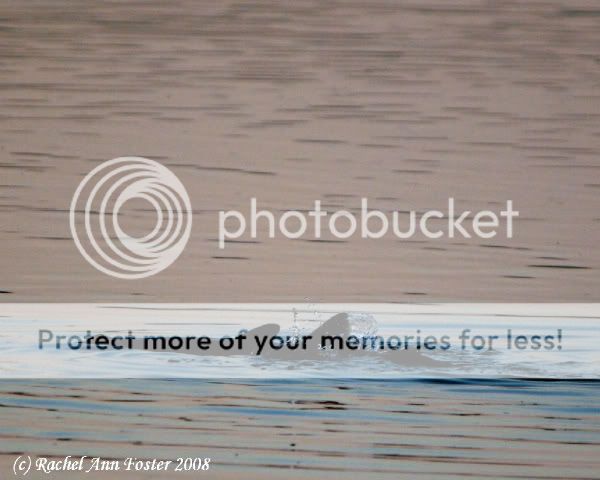Rachel Foster
New member
First article: cropping.
The examples shown (Chas's reflections and Tim's knot) are a wonderful example of how leaving some mystery in an image gives it (in Asher's words) a magical quality. This is something I often struggle with. I almost always either crop too severely or too little. When I see it done right, as in the examples in the articles, it seems obvious. Then, when I sit down to crop my own images, I'm lost.
What is involved in this process of knowing when/how to crop? For example, I look at a recent image I captured and it has some quality to it I really like. But I question if others will see in it what I see because of lack of referents. In fact, I'm almost certain that I see something here others will not.

This is a fish in Lake Michigan at dawn. I know that and realize that colors my perception. How does one learn to "see" without the additional knowledge that came from "being there?"
The examples shown (Chas's reflections and Tim's knot) are a wonderful example of how leaving some mystery in an image gives it (in Asher's words) a magical quality. This is something I often struggle with. I almost always either crop too severely or too little. When I see it done right, as in the examples in the articles, it seems obvious. Then, when I sit down to crop my own images, I'm lost.
What is involved in this process of knowing when/how to crop? For example, I look at a recent image I captured and it has some quality to it I really like. But I question if others will see in it what I see because of lack of referents. In fact, I'm almost certain that I see something here others will not.

This is a fish in Lake Michigan at dawn. I know that and realize that colors my perception. How does one learn to "see" without the additional knowledge that came from "being there?"
